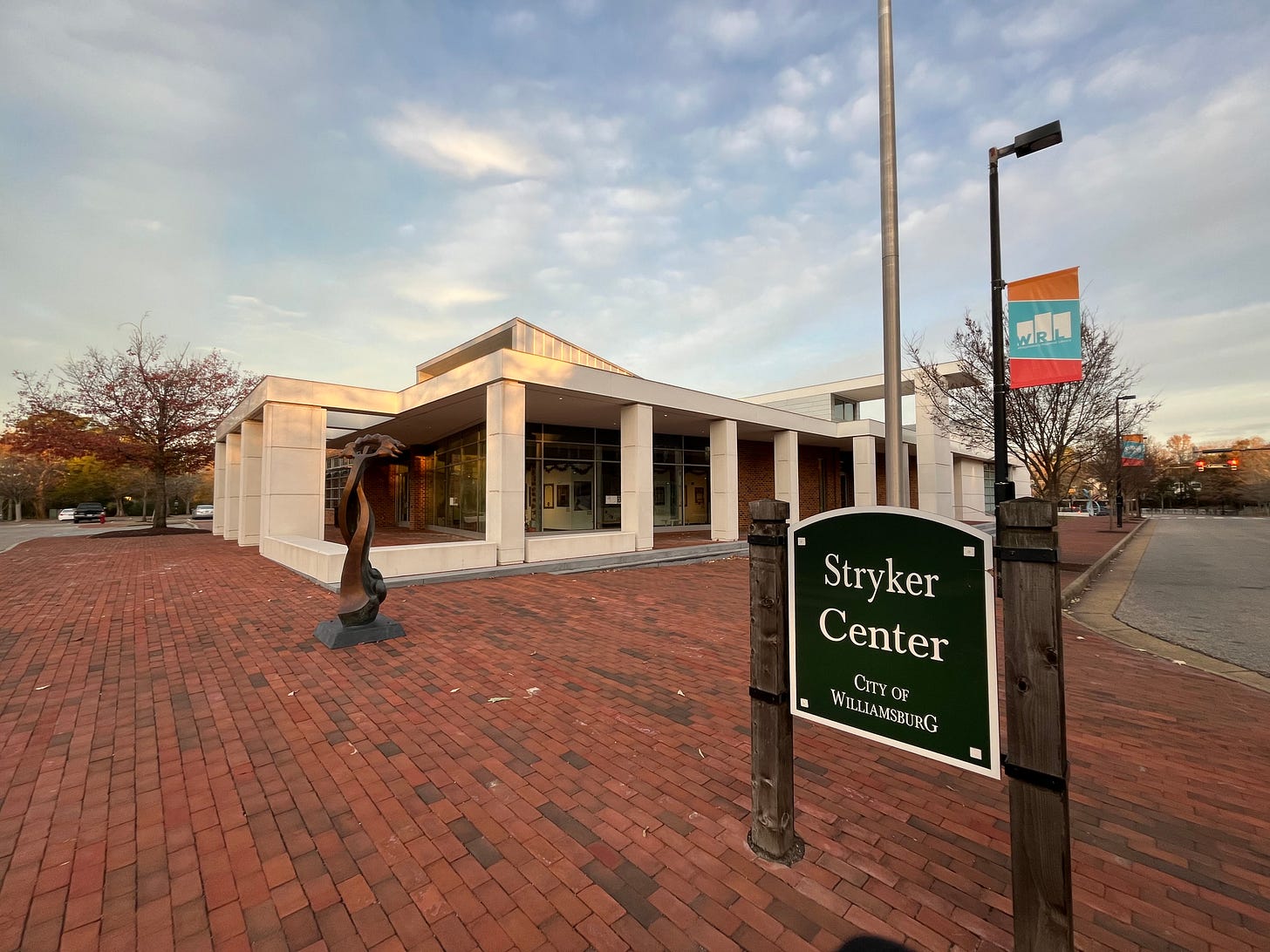COMMENTARY: W&M students could take over City Council next year
Quirk in Williamsburg's voting system sets up students to occupy three out of five seats

Over the past fifteen years, four William and Mary students have won seats on the Williamsburg City Council. Three of them secured more votes than any of their competitors and the other came in second. Current Council Member and student Ayanna Williams won her seat last year with the most votes.
The lesson is that students come out to support their own. And as the city noted in their most recent town and gown report (their words), students make up 62% of the city’s population. Obviously that’s a bigger block of potential voters than any “town” candidate can assemble. And it’s resulted in students winning every time they’ve tried.
Less than a year from now in early November, two more council seats will be up for grabs. The city’s current voting system allows each voter to select as many candidates as there are open seats, meaning that next year, city voters will be able to vote for two candidates and each vote will count equally.
This sets up students to win both seats by running two candidates, as they are each almost guaranteed to receive the highest vote totals. The outcome is students take control of Williamsburg City Council 3-2.
But under different voting systems, it would have been harder for students to gain control of the council next year.
For example, a “one vote, one candidate” system could win students another seat next year, but securing only a second place finish keeps the townies in control 3-2.
“Ranked-choice” allows voters to list candidates from most preferred to least preferred, resulting in a point-like system. This method probably gets students another seat on council, as one of their candidates likely gets the most points. But with just another second place finish, townies still retain control of council 3-2.
Currently, all of the city’s council members are at-large and represent the entire city. District-based voting would tie each seat to a specific part of the city. This method could significantly limit student influence in several ways, such as concentrating their vote into one seat (townies 4-1) or diluting it by splitting it up into multiple districts (townies 5-0). Either way, the townies would likely keep control.
But given students’ support for their peers who run for office and how the city’s current voting system works, we might witness another revolution in Williamsburg next year.
Other ways to support the Williamsburg Independent:

Exactly why do temporary residents of the city get to vote in our elections at all? They have no long term vested interest in our community. And, as this article states, they favor their fellow students, instead of what is best for the whole city. This needs to end.
Might be better than what we have now